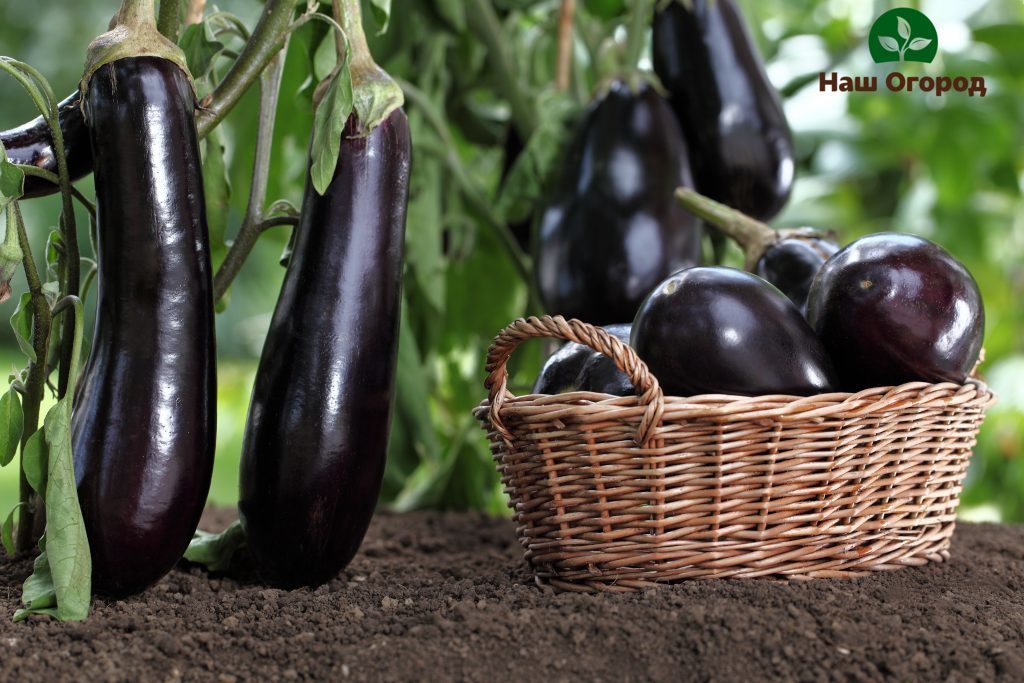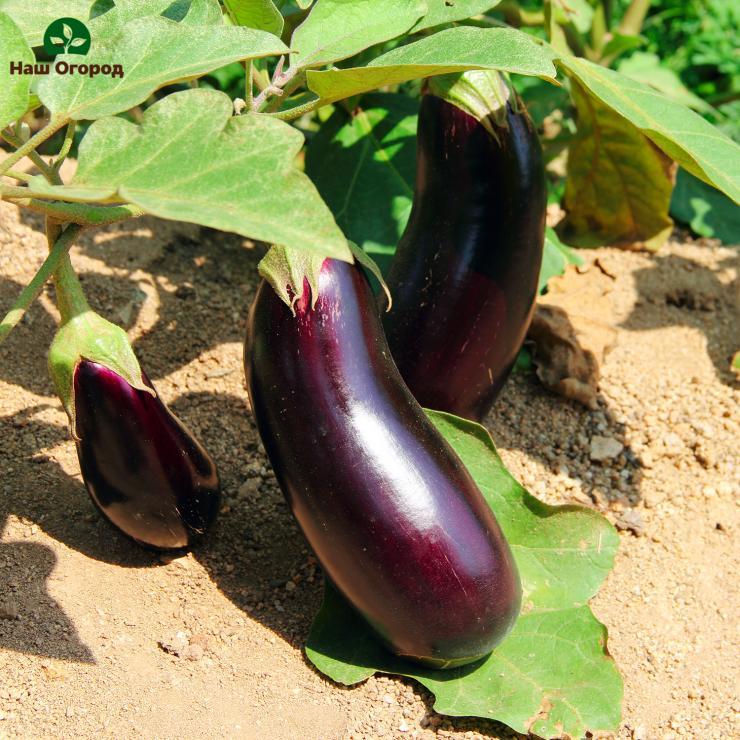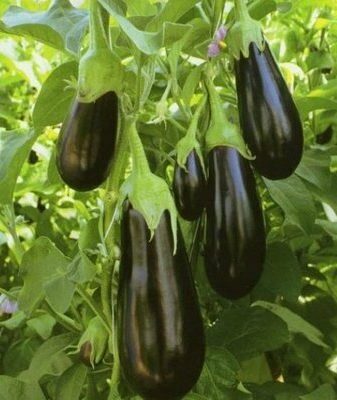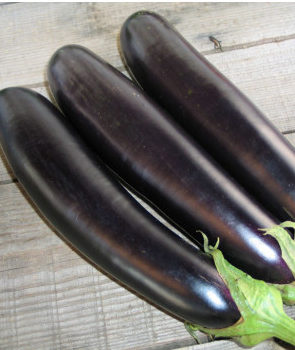Growing eggplants correctly!

Before growing eggplants in the open field, you need to understand that this fruit is quite exotic.
They adore sunlight and warmth, they love moisture very much, and therefore the ideal climatic conditions for eggplants are about twenty-five degrees of heat and soil moisture of at least seventy percent. Few people know, but in the botanical world, eggplant is considered a berry, not a vegetable.
Eggplant originated in India. This, of course, affected the fact that the preferable places for planting eggplants should be located near the seas (for example, in the Krasnodar Territory or Crimea). However, this does not mean that gardeners living in the northern regions, far from the sea, will not be able to grow eggplants on their plots. The main thing is to initially choose the right variety in accordance with the weather conditions of the region and plant eggplant seedlings early.
The best varieties are obtained from species that have been proven over the years. In the southern parts of the country, the delicacy eggplant variety is especially popular. Compared to other varieties, it is able to bear fruit much earlier, and grow without the viscous or hot aftertaste inherent in the vast majority of eggplants. Having a rich purple color, standard for eggplants, it has a pear-shaped shape and is quite light in weight (up to one hundred grams).
But the earliest variety is considered to have been obtained from the previous variety "purple Delicatessen". It is much heavier than a simple "Delicacy". With proper care, its weight can reach up to three hundred grams. However, growing this variety in your summer cottage is quite problematic.
The growth of this eggplant is extremely fast, so if you only go to the garden on weekends, you should not grow such a variety. Almost daily care is necessary for him, otherwise the death of the bush can be allowed.

Growing eggplant: photo
The most optimal variety was recognized as the mid-season variety “Diamond". The harvest of "Almaz" has a high yield, a "correct eggplant" shape, vaguely resembling a cylinder, as well as a pleasant taste. With good, suitable care, up to seven kilograms of eggplant can be harvested from one bush!
So, how to grow eggplants on your site?
If you live in a southern region, for example in the Crimea, it is allowed to grow eggplants outdoors. The main thing is not to forget about the periodic loosening of the soil, its leveling, and also to monitor the optimal amount of moisture on the soil. Also, taking into account the peculiarities of the soils of the southern regions, it is recommended to slightly compact the topsoil before planting the eggplants.
Early varieties can be planted in mid-April, mid-season ones even earlier. So, by the end of March, you can already sow eggplant seeds under a film (or it is better to place it immediately in a greenhouse or greenhouse). It is advisable to prepare rather high beds for eggplant, despite the fact that a sufficient hole for seeds can be only three centimeters.
The distance between the sown rows must be kept no more than seventy centimeters, and the plants themselves must be placed at a distance of twenty centimeters. Seeds will begin to germinate within a week or two after planting, and the first fruits will appear in 3 months.
If the site is located in more northern regions, with more severe climatic conditions characteristic of them, eggplants should only be grown by seedlings and always in prepared moist soil. It is better to plant eggplants when there is no strong sunlight. After planting, re-moisten the soil abundantly.
Experts recommend making the so-called "warm" beds, so that in case of frost it is possible to cover the beds with a film and the cultivation of eggplants would be problem-free.
Not only potatoes are attacked by the Colorado potato beetle. Eggplant can be at risk too. For this reason, it is necessary to take care of getting rid of various pests in a timely manner, and use fertilizers and top dressing for a stronger favorable soil.
If, despite the northern location of the summer cottage, the summer is too hot and dry, in addition to regular watering, you need to cover the roots with straw (in this way, you can reduce the risk of burning the eggplant bushes and help the plant to endure the heat)
Most gardeners pick fruits right from the bush, but this is a gross mistake, because you can easily damage the bush. Therefore, the fruits are carefully cut either with a knife or with a pruner.
Of course, it is believed that the most productive varieties for growing eggplant are those. which annually bring ten kilograms of eggplant. For this, seeds can be collected from already ripe fruits. The ripe fruit must be cut into two equal halves in the center, and then the seeds must be cleaned. Then dry them thoroughly and leave in a room with good ventilation. After a week, you can put the seeds in the packaging and leave until the next summer season.




